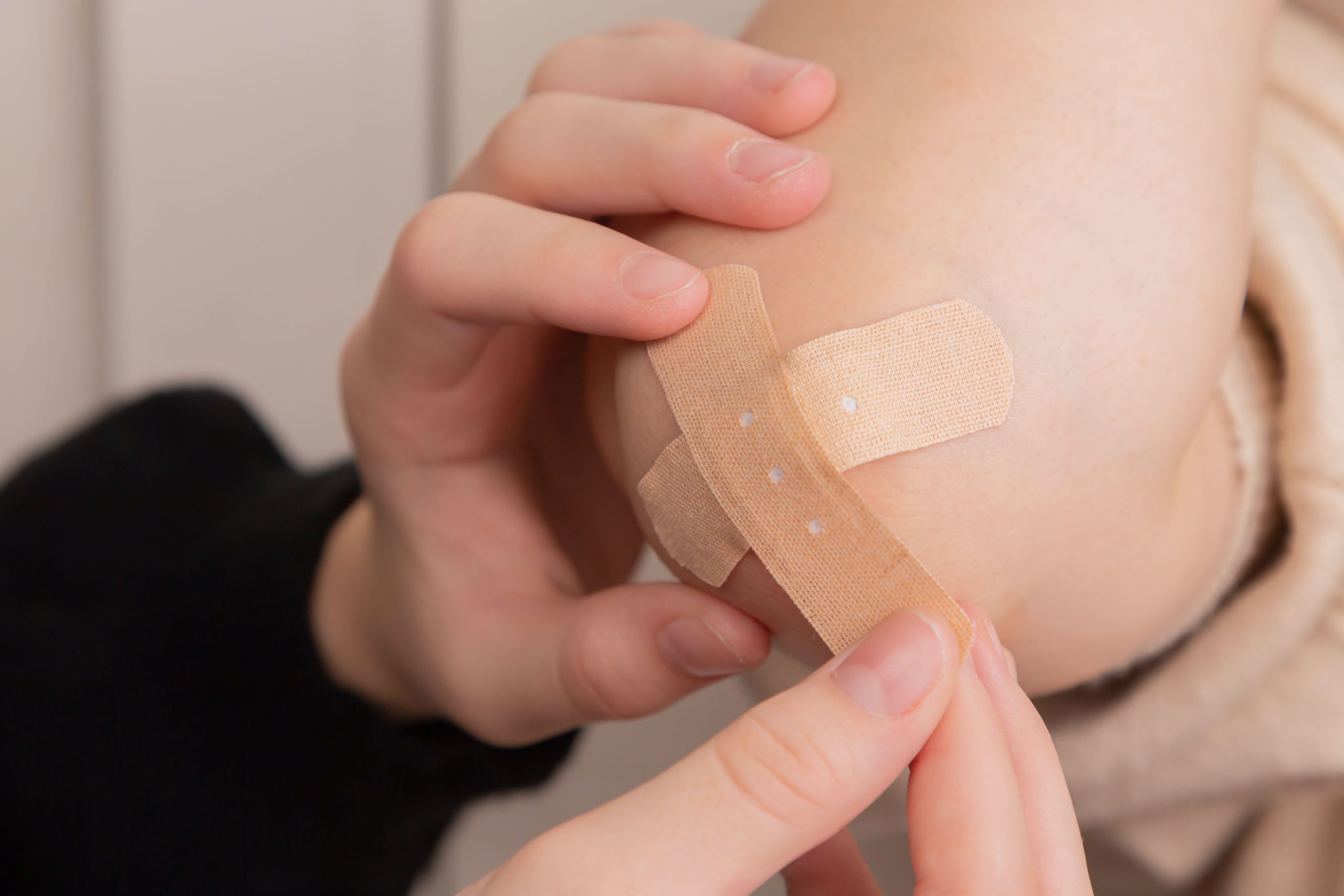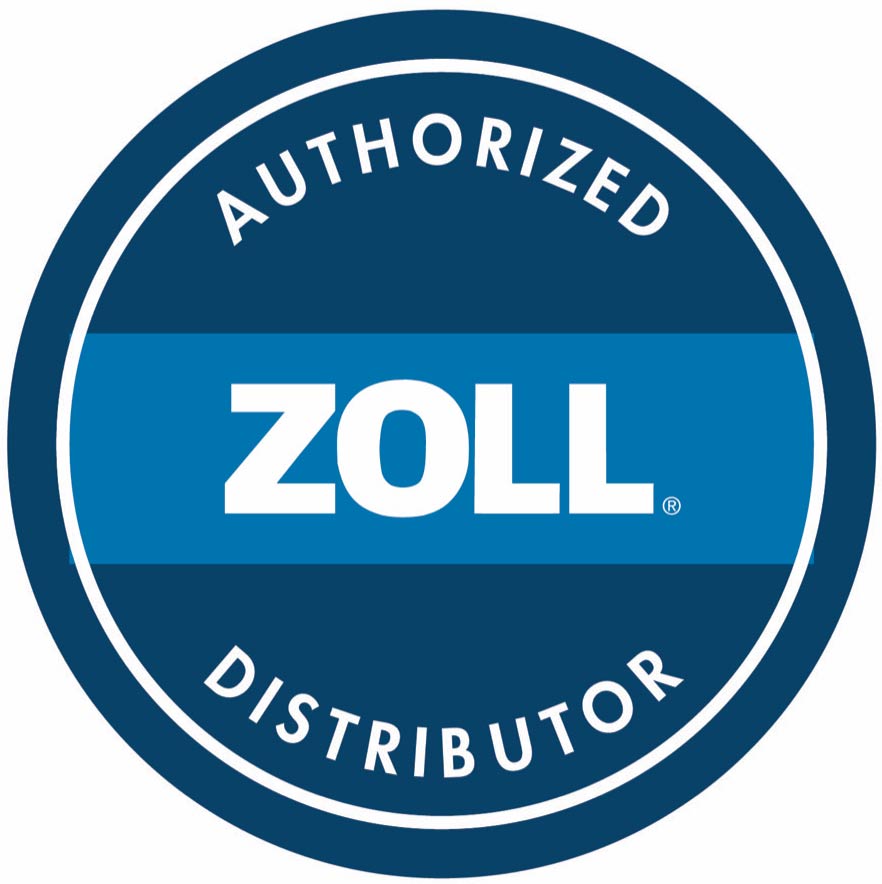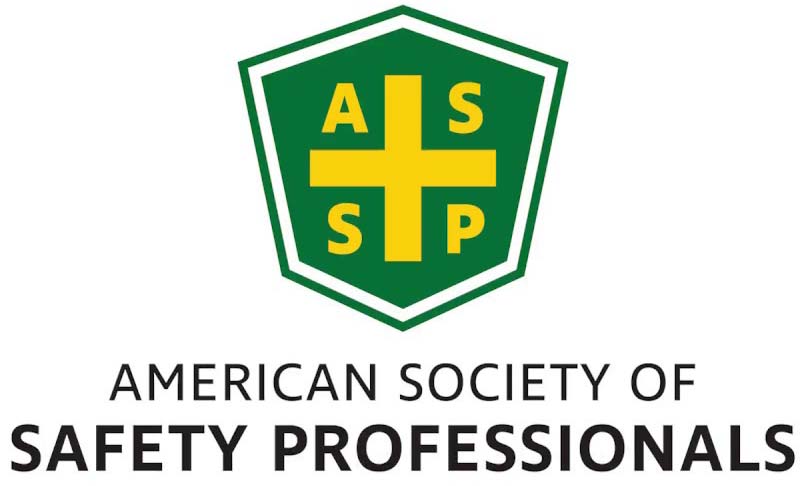Home is where the heart is–and where injuries can occur! While many hope to create and maintain a safe and warm environment in their home, accidents and injuries in and around the house are common occurrences for most. Here, our team of safety experts breaks down the most common household injuries and how you can keep yourself and your family safe.
Law of Large Numbers: The Odds of Injuring Yourself at Home
Based on the American Time Use Survey 2020, Americans spend about 62% of their waking time at home. With recent lifestyle shifts that left many Americans working and learning from home, this amount of time has probably increased over the past two years for the average person. With a majority of one’s time spent in the home, it’s almost inevitable that many people suffer injuries at home. In fact, the National Safety Council (NSC) reported that 46,800,000 people suffered from preventable injuries that required a medical consultation in 2020 alone.
Unfortunately, not all injuries at home are minor bumps or scratches. According to the NSC, an estimated 156,300 preventable injury-related deaths occurred in homes in 2020–about 78% of all preventable injury-related deaths that year. This was up 18.9% from 2019 and put the 2020 death rate at 47.4 per 100,000 people.
Common Causes of At-Home Injuries
Due to the prevalence and gravity of preventable injuries that occur in homes, it is important to understand the most common causes of these injuries and how to prevent them from happening in your home.
Falls
Falls are some of the most common injuries, especially for young children and older adults. Serious injuries resulting from falls include concussions and broken bones; some falls can potentially result in death. According to the NSC, falls accounted for 26% of preventable injury-related deaths in homes in 2020.
The best way to prevent falls is to remove hazards and add support where possible. In homes where young children are present, make sure that any hazards like toys, clothing, or books are properly stored out of the way to prevent tripping or slipping. Ensure that children are unable to climb onto elevated surfaces where they may fall; these surfaces include tables, high beds, the backs of sofas, or chairs. Installing gates at the top of the stairs will add an extra layer of security and prevent children from falling down the stairs.
In homes where the elderly or those with limited mobility reside, installing handrails, grab bars, and ramps, where needed, can allow for individuals to move throughout the home with less risk of falling. Removing rugs and ensuring that all areas of the home are brightly lit will eliminate any tripping hazards.
Even younger individuals without children can find themselves in danger of falling in the home. Make sure that all stairs are clear of clutter and avoid walking up or down the stairs carrying anything that may obstruct your view. If you’re using a ladder, make sure you’re following all safety guidelines and have someone supporting the base of the ladder. In the winter months, be aware of ice and avoid walking on icy driveways or walkways when possible.
Poisoning
Children are especially prone to accidental poisoning in the home due to the possibility of ingesting medications or cleaning supplies found in unlocked cabinets. It’s important to lock all cabinets in the home, as even solutions as mild as dish detergent can be toxic to children. If a child does consume something toxic, it is important that you contact poison control immediately. The number for poison control is (800)-222-1222.
However, children aren’t the only ones who fall victim to poisoning in the home. Anyone is at risk of poisoning through substances like carbon monoxide. Routinely checking the batteries in carbon monoxide alarms will help to ensure they are working properly.
Cuts
Cuts are especially common in households where cooking or DIY projects are popular. In order to minimize your risk in the kitchen, ensure that knives are sharpened regularly, as it is very easy for a dull knife to slip. Make sure all knives are stored in a knife block when not in use, and keep knife blocks pushed as far away from counters’ edges as possible. When washing knives by hand, make sure that you’re using a thick sponge and avoiding the sharpest part of the blade.
For those who enjoy projects around the home, you may find yourself coming in contact with a variety of tools that may pose a risk for cuts, such as knives, saws, and snippers. Make sure that you’re using proper protection as necessary, including gloves and safety goggles. Read all manuals and understand how to safely use a tool before starting a project, and don’t use tools in ways that they are not intended to be used.
Fires and Burn Injuries
Kitchens are often the scene of the crime when it comes to house fires. Make sure you’re keeping all cooktops clear of any hazards, and ensure that everyone in the kitchen is aware of when the stovetop is hot. Keep oven mitts handy for taking pans out of the oven, and make sure that children are always supervised when in the kitchen.
While flames and hot pans are the most common cause of burns, hot water and steam can also result in harm. Make sure you’re testing water temperatures before young children or infants take a bath, and keep an eye on the maximum temperature setting on your water heater. When boiling water or straining foods like pasta, make sure you’re staying out of the direction of the steam.
Drowning
It is important to be aware of drowning risks, regardless of if you’re a pool owner or not. Because it’s possible to drown in just an inch or two of water, showers and bathtubs can be a hazard for young children and the elderly. Young children, especially infants, should never be in the bathtub unsupervised. It is important to use bath seats for infants to keep their heads out of the water.
For the elderly, drowning becomes a danger if they fall and are knocked unconscious in the shower. Installing grab handles, grip mats, and benches in the shower can allow older individuals to shower safely.
Choking and Suffocation
Another common cause of preventable injuries in the home is choking. Curious young children are especially at risk of choking. Ensure that all small items such as coins, beads, or toys with small parts are stored away from kids. If children are playing with these items or toys that have similar components, make sure they are properly supervised. Food can also be a choking hazard for kids–it is important to make sure all food is cut up into safe-sized pieces and that young toddlers and infants are eating age-appropriate foods.
Suffocation can also be a fatal preventable injury. Plastic bags such as grocery bags, trash bags, and packaging should never be left with an unsupervised child. Make sure that these items are stored out of reach from toddlers and infants.
How to Prevent At-Home Injuries
In addition to the steps outlined above, there are additional preventive measures that you can take to keep you and your loved ones safe at home.
Obtain CPR/AED and First Aid Certification
One of the best ways to ensure you’re prepared for an emergency in the home is to obtain safety training. Getting CPR/AED-certified will empower you to react in the event of a cardiovascular emergency and allow you to provide life-sustaining support until an ambulance arrives. Basic first aid training will help you to manage injuries and make the proper decisions about seeking additional medical care.
In addition to these life-saving skills, most standard first aid classes and CPR/AED certifications will go over how to properly react in an emergency. Because emergency situations are so stressful, it is not uncommon for people to find themselves unable to properly react or think clearly. Learning the proper steps to take in an emergency will help you to react more efficiently and accurately in the event of the real thing.
Stock Your First Aid Kits
All homes should have properly stocked first aid kits in easily accessible locations. It’s essential that you have proper materials in your first aid kit at all times, and that you’re routinely taking stock of items and replacing what is running low or expired. Having these things accessible and always on hand will allow you to react quickly in an emergency.
Sign Up for First Aid Training With Heart To Beat to Keep Your Home Safe
While we all want to feel safe in our homes, it seems that there are hazards around every corner. Being aware of the common injuries that you and your loved ones may be susceptible to can help you prevent them from happening. Additionally, getting properly trained in first aid as well as obtaining CPR/AED certifications will allow you to react properly in an emergency. If you and your family are looking to obtain certification, Heart To Beat proudly offers classes at our Owings Mills location. To sign up or view class offerings, visit our Eventbrite page.











